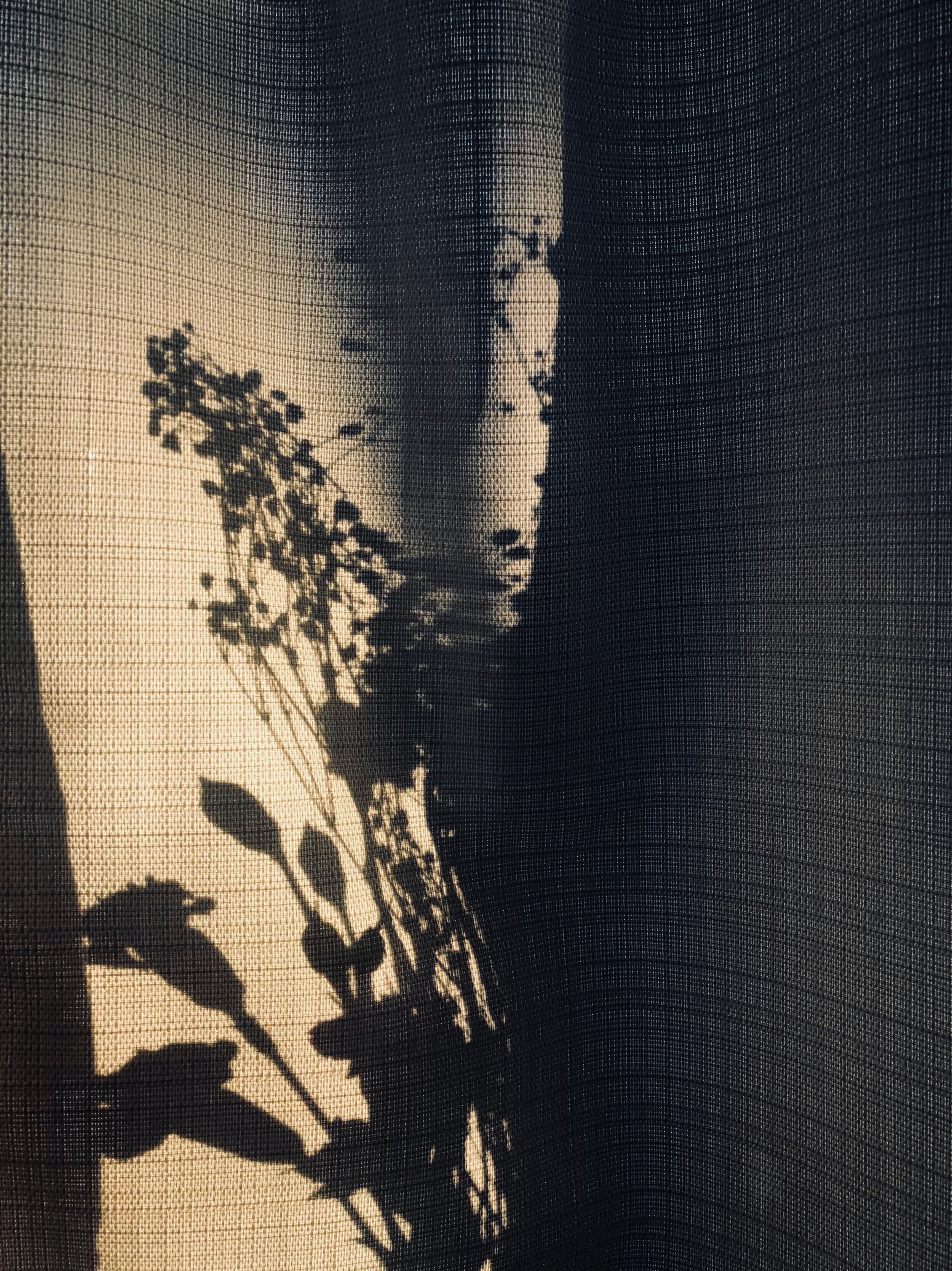During Fashion Revolution Week, we’re encouraged to ask, #WhoMadeMyClothes?
This is critical, considering that only 2% of garment workers are paid a living wage, and so many are exploited, harassed and assaulted.
But there’s more to it.
We also need to a:
#WhoHurtForMyClothes?
#WhoKilledForMyClothes?
#WhoDiedForMyClothes?
Animal-derived fashion materials would not exist without farm workers, slaughterhouse workers, or animals and their bodies themselves.
Farm workers
People who work on and run animal farms are a part of fashion supply chains. To meet consumer demand, farm workers often mutilate non-human animals and send them to their slaughter when they’re no longer producing quality materials.
Not only non-humans suffer in this system. The mental distress that comes with such violent work is immense.
Image: Jay Wilde in short doco-film 73 Cows
Slaughterhouse workers
If sending animals to slaughter is mentally difficult, imagine being paid to slaughter animals all day, every day.
People working in abattoirs often suffer with serious mental health issues and trauma. They are also at high risk of physical injury in the workplace, and are poorly treated by large companies underpaying them.
Animals
Every year, billions of animals suffer and die for the sake of fashion.
Cattle, sheep, ducks, minks, foxes, crocodiles and a plethora of other species lose their freedoms and lives in unethical, unsustainable systems that treat them like objects, rather than living beings.
Image: Animal Equality

What can we do?
As a citizen, ask questions. Avoid wearing animal-derived materials.
Tell the brands you love that you want them to move away from materials that harm both humans and non-humans.
As a designer, move away from animal-derived materials.
If you work in fashion and are interested in creating without animals, or in helping a brand you work with do so, contact us below.



